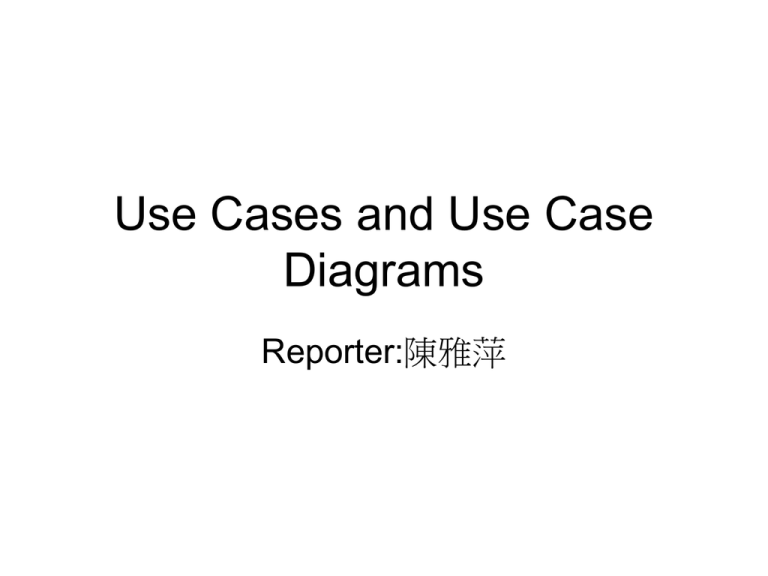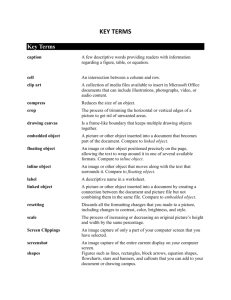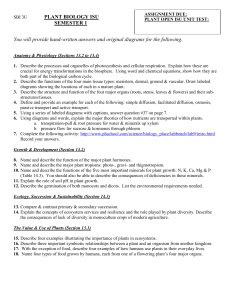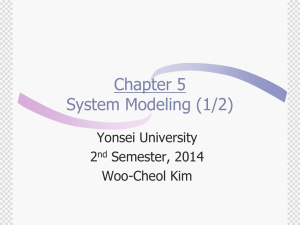Use Case and Use Case Diagrams
advertisement

Use Cases and Use Case Diagrams Reporter:陳雅萍 Outline • • • • • Use cases, actors Organizing use cases Modeling the behavior of an element Use case diagrams Common modeling techniques Use Cases and Actors (1) • A use case – Specifies the behavior of a system – Represents a functional requirement of your system as a whole – Describes what a system not how it does it • An actor – Represents users of use case play when interacting with use cases – It’s not part of the system Use Cases and Actors (2) Organizing Use Cases (1) • Organize use case by specifying – Generalization – Include • The base use case pulling behavior from the supplier use case – Extend • Pushing behavior to the base use case Organizing Use Cases (2) Modeling the Behavior of an Element (1) • Reasons for applying use cases – A way for domain experts to specify its outside view to a degree sufficient for developers to construct its inside view – A way for developers to approach an element and understand it – It served as the basis for testing each element as it evolves during development Modeling the Behavior of an Element (2) Use Case Diagrams (1) • Modeling the dynamic aspects of systems – Use case diagrams are central to modeling the behavior of a system • For visualizing, specifying, and documenting the behavior of an element – Activity, statechart, sequence and collaboration diagrams Use Case Diagrams (2) • A use case diagram – A diagram shows a set of use cases and actors and their relationship – Contents • Use cases • Actors • Dependency, generalization, and association relationships Use Case Diagrams (3) – Common uses • Model the context of a system • Model the requirement of a system Common modeling techniques (1) Common modeling techniques (2)











